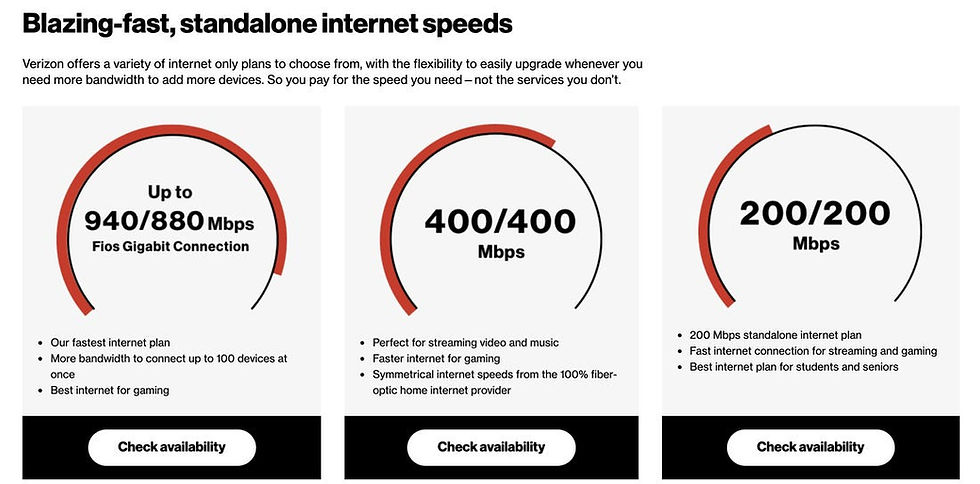Maximizing your Internet speed is a crucial step in the quest for a faster computing experience, and one of ever increasing importance because just about all we do with our machines nowadays we do while connected to the web.
To help satisfy your ongoing need for better broadband, NetBooster® has been re-architected with a whole new set of TCP/IP optimization tests and network setting modifications specifically for Windows versions all the way through Windows 10. The feature has both an automatic and a manual mode, allowing you to individually optimize for specific use cases, e.g., streaming, gaming or large file transfer. Here are just a few highlights of what this powerful tool can do for you.

1). Finding the fastest server >
2). Improving Windows settings >
3). Adjusting data packet size >
4). Use Internet download manager >
5). Optimizing automatically or manually >
1). Finding the fastest server >
Before a browser can establish an Internet connection, it must resolve the DNS name of a local web server to your computer’s specific IP address. DNS servers are the essential intermediaries that link your system to virtually all of the resources scattered across the web. It’s important to make sure the DNS server selected is the fastest possible one available in your area—a task your Internet service provider does not bother to do.
And since many DNS servers are in the public domain, software that finds the fastest one available for a given ISP with a specific connection in a particular location at a certain time of day is an elegant solution to an easily identified but fairly complex problem.
NetBooster uses this precise strategy to help optimize your Internet connection—in this case, with an overlooked available resource right outside your home. By searching for the fastest possible DNS server in your area and letting you simply click to connect to it, NetBooster can deliver increased network speed, so you can enjoy less buffering delays and greater bit resolution in online streaming and TCP-bound gaming.
2). Improving Windows settings >
In addition to outward-reaching solutions to Internet speed optimization, breakthrough iolo Labs research has unearthed a whole cache of underperforming Windows Internet settings within your computer, and they too are crying out for optimization.
Regardless of how new your OS may be, when these hidden settings are adjusted correctly, the difference in your Internet experience can be significant. Recent benchmark tests comparing NetBooster’s adjustments to the default settings show boosts in download speed by an average of 23%, and by as much as 37%.* Let’s look in detail at what two of the most critical of these settings can do.
3). Adjusting data packet size >
Data is transmitted across the Internet in packets. One way to increase the efficiency of this process is to discover the largest possible size (in bytes) a data packet can be for a given network before it has to be broken up to transmit. This value, often determined by your router, is called the Maximum Transmission Unit (MTU). NetBooster automatically discovers this value, takes the MTU setting in Windows out of “autotune” mode, and fine tunes it, helping to eliminate data fragmentation at routers and so reducing network congestion.
4). Use Internet download manager >
Use Internet Download Manager (IDM) that supports proxy servers, ftp and http protocols, firewalls, redirects, cookies, authorization, audio and video content processing. IDM integrates seamlessly into Microsoft Internet Explorer, Netscape, MSN Explorer, AOL, Opera, Mozilla, Mozilla Firefox, Mozilla Firebird, Avant Browser, MyIE2, and all other popular browsers to automatically handle your downloads. You can also drag and drop files, or use Internet Download Manager from command line. Internet Download Manager can dial your modem at the set time, download the files you want, then hang up or even shut down your computer when it's done.
5). Optimizing automatically or manually >
No less than 14 total settings within Windows TCP Global Parameters can and should be adjusted from their default settings to best handle network traffic on your particular system. NetBooster automatically sets each of these to their optimal values.
Alternately, by choosing “Customize Advanced Internet Settings” you can manually adjust each value yourself. Within this interface, the “Restore All to Orig” button allows you to easily revert to NetBooster’s original configuration if after tweaking the settings you experience problems with the network. In future articles and tips, we’ll walk through several of the features advanced users can access in NetBooster’s manual mode to finely adjust Internet settings to meet their specific network needs.
Instead of putting up with the bitter indignity of an underperforming Internet stream, System Mechanic users can deploy NetBooster to help gain significant, welcome increases in Internet speeds, resulting in improved bit rate and picture quality of TCP-bound videos and games, less time in the dreaded “Buffer Zone,” faster downloads, snappier page loads, and an increased rate of large file transfer.